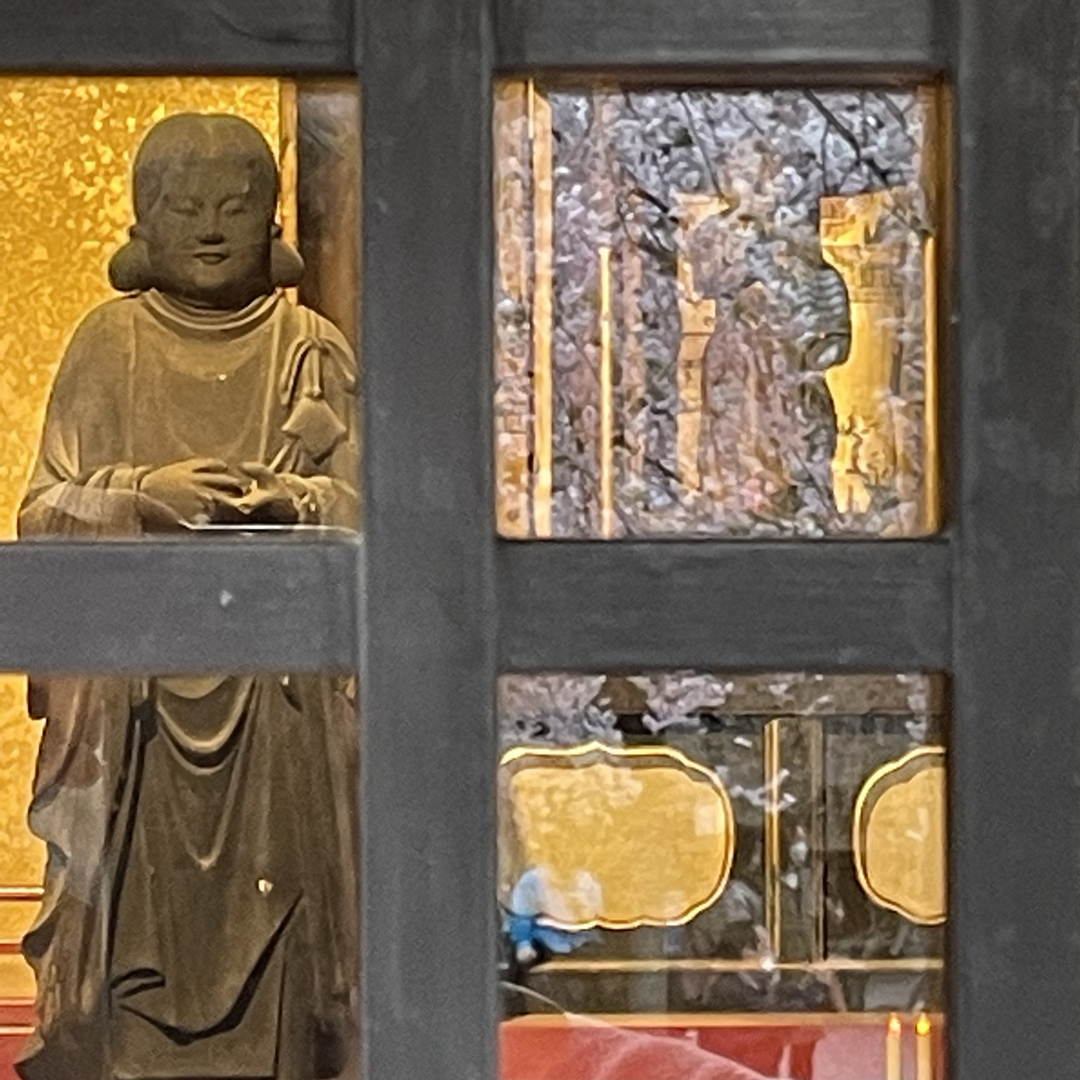Ⅲ03. What’s false? What’s true?
One of the words of Prince Shoutoku that has been passed down to the present day is, “Seken-koke, yui-butsu-ze-shin (The world is false, only the Buddha is true).” First of all, the meaning of the phrase “Seken-koke(The world is false)” is that everything in secular society is empty and fleeting.
The standards for determining whether something is good or bad, right or wrong, winning or losing, or profit or loss, are merely provisionally set, the criteria change depending on the situation and are not absolute. When the standards of judgment change, the way we perceive good and evil, right and wrong, winning and losing, and gain and loss also change.
What rules will determine who wins and who loses?
What value criteria should be used to judge profit and loss?
What is the standard for judging what is good and what is bad?
For what purpose do we determine the difference between right and wrong?
The standards for judging things differ from person to person, from era to era, and due to social norms. Therefore, there can be no unchangeable standards, regardless of the era or region.
A triangular pyramid is something that looks like a square when viewed from above, but looks like a triangle when viewed from the side. A cone looks like a circle when viewed from above, but a triangle when viewed from the side. A cylinder looks like a circle when viewed from above, but looks like a square when viewed from the side.
Even the same thing can look different depending on your position and point of view.
We see the world through our own assumptions and preconceptions.
Each of us believes what we see to be true, but the world manifests in many various ways.
The facts that you recognize are not necessarily the truth that everyone can share.
The world we see from each of our perspectives is like an illusion that exists virtually.

The next line, “Yui-butsu-ze-shin (Only the Buddha is true),” means that the existence of Buddha should be understood as the truth.
You need to be careful how you interpret this phrase. The Prince is not insistent that the Buddha in human form is the “true” one.
This is the human world, where everything is virtual. Of course, the Buddha that is described in words or depicted in a visual form is only an appearance.
Prince Shoutoku showed us that it is Buddha who reflects the truth that cannot be seen or spoken in the phenomenal world and tries to convey it to us.
Can you receive REALITY from a Buddha who appears in the temporary world as words and forms?
Can you receive its EXISTENTIALITY with an unquestionable sense of REALITY?

YUME-DONO (Hall of Dreams)@Hōryūji Temple
Instead of just worshiping the idol of Buddha, study the truth that he taught.
Recognize the eternal laws of nature which cannot be doubted and must be accepted.
In this world where everything is fleeting, Dharma is a great source to lean on.
Let the Buddha, who has awakened to the truth and embodied reality, be your guide.
Do not become attached to yourself, but awaken to the truth and strive to live a life that embodies that reality.
I believe that this is the message Prince Shoutoku was trying to convey when he said, “The world is false; only the Buddha is true.”
Ⅰ_Japanese Spirituality
01. Buddhism in Japan
02. Thanks to all living beings for my life here and now.
03. Becoming One with the Buddha
04. Light from the other shore
Ⅱ_The teachings of Buddha and Mahayana thought
01. HANAMATSURI -The Beginnings of Buddhism-
02. Anyone can become a Buddha, it depends on you.
Ⅲ_Prince Shotoku’s Buddhist Dharma
01. Buddha in Japan
02. Ideal of sincerity, courtesy, and harmony
03. What’s false? What’s truth?
Ⅳ_The true state of mind conveyed by Shinran
01. The Three Treasures of Buddhism
03. Neither a monk nor an layperson
Ⅴ_Listen to namamdhabud


